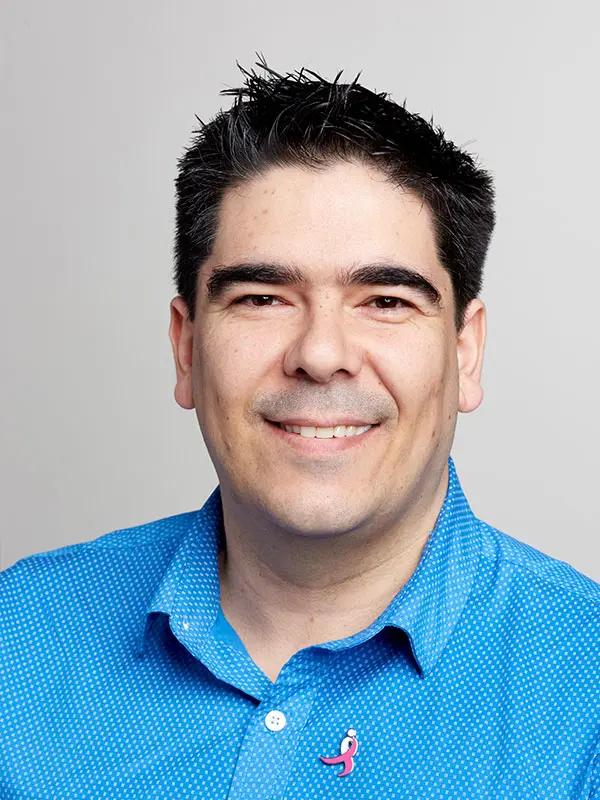On the left, tumor cells (in green) actively proliferate while surrounded by collagen 1. On the right, tumor cells (in green) become dormant and no longer divide when they are surrounded by collagen III.
Developing effective treatments that target cancer cells and eradicate them from the body is the gold standard in medicine. But in many cases, a patient’s body continues to harbor cancerous cells that have remained dormant for five-to-ten years, only to awaken and begin metastasizing in a different organ with a strength that becomes impossible to control. In fact, most cancer deaths are due to metastases.
A research team at The Tisch Cancer Institute, which focuses on the burgeoning field of cancer dormancy, recently identified a promising strategy for preventing metastasis from occurring. Their study, in Nature Cancer, found that when collagen III—a key human protein—was in ample supply within the tumor’s microenvironment, cancerous cells in breast and head and neck cancers remained dormant. The team observed that tumor cells that were replicating had less collagen III than tumor cells that were dormant and that by adding or removing collagen III they could influence the proliferation of cancer cells.
“My lab is interested in understanding metastasis, how tumors disseminate from the primary site and reoccur years after the primary site is treated,” says the study’s lead author, Jose Javier Bravo-Cordero, PhD, Associate Professor of Medicine (Hematology and Medical Oncology), at the Icahn School of Medicine at Mount Sinai. “How are cells that leave the primary site still capable of persisting in the body without proliferating? This period of latency is not well understood. We looked at how cellular interactions with the microenvironment shape this dormancy period.”
Cancer cells use collagen III to keep themselves dormant.
Dr. Bravo-Cordero’s team used proteomics and multiphoton imaging to explore the network of proteins and other molecules that surround and support the cells and tissues in the body, known as the extracellular matrix. During a six-year investigation using mouse models and human cell lines, they found that collagen III was key to inducing and sustaining cancer cell dormancy in vivo. Collagen III is a type of collagen that exists in all tissues and is part of the scaffold that keeps tissues and cells together. “Normal cells produce collagen III, but we found that cancer cells use it to keep themselves dormant," says Dr. Bravo-Cordero.
To learn more about dormancy, the researchers are now experimenting with different tumor types—including brain and liver cancers—and testing strategies that allow them to increase the amount of collagen III in the environment surrounding these tumors. Among the puzzling questions the team is trying to answer is why cancerous cells seem to seek out a period of dormancy—often as long as 10 years—before they begin growing again.
“It is important to understand this biology in order to define a strategy that prevents the cells from awakening,” says Dr. Bravo-Cordero. “We showed one strategy in our paper, and there could be many other strategies that we still haven’t discovered. But in the end, it’s about preventing the cells from restoring proliferation and forming metastasis. Our goal is to prevent metastasis from happening by invigorating dormancy.”
Featured

Jose Javier Bravo-Cordero, PhD
Associate Professor of Medicine (Hematology and Medical Oncology)